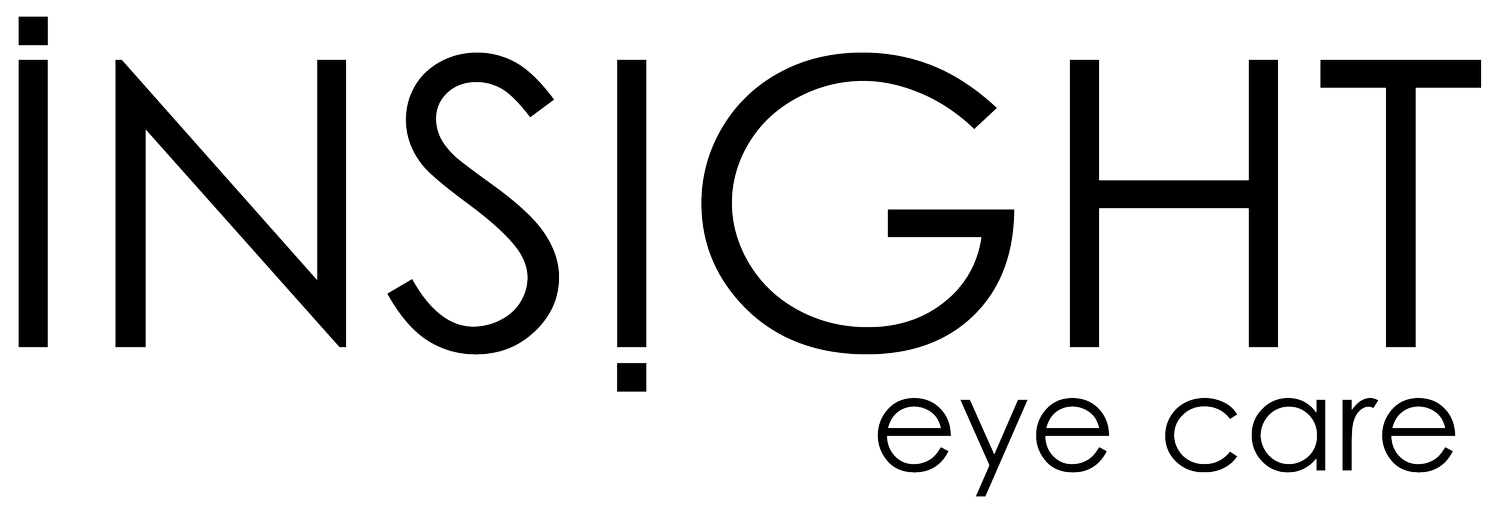Eye Smarts - Healthy Habits to Start the School Year Right
DR. CASSANDRA BENDALL H.B.SC., O.D
Back to school means back to routines and the development of habits. Let’s start the school year right with the following eye smart tips:
BALANCE SCREEN USE WITH OUTDOOR TIME
With the push towards virtual learning and the onset of cooler weather, it is important to maintain a balance between indoor and outdoor activities. The Canadian Association of Optometrists recommends setting limits on recreational screen time based on age.¹
Outdoor time encourages physical activity, which benefits not only visual health but overall health as well. Children are exposed to a variety of visual stimuli that help develop visual skills such as object tracking and depth perception.² Additionally, increasing outdoor time can be protective against the progression of myopia. In fact, a 45% reduction in the incidence of myopia, or nearsightedness, has been observed with just a 1-hour increase in outdoor activity per day.² ³ So, tie up those shoelaces and explore new activities like hiking, bicycling, or rollerblading!
SCEENS VERSUS BOOKS
While time spent outdoors is protective against myopia, many research studies suggest that time spent engaging in near tasks, such as reading and computer use, may contribute to myopia progression. But does it matter if the near tasks involve books versus screens? The answer is yes. Digital devices, which provide visual and auditory stimuli more easily understood by young children, are used more consistently at an earlier age, thus increasing the risk of myopia.⁴ ⁵ Additionally, due to smaller font sizes, children tend to hold digital devices at closer working distances than they would books.⁵ With working distances of less than 25 cm being strongly associated with myopia progression, we observe a higher incidence of myopia development and progression with the use of digital devices.⁶
Our advice: when possible, swap the tablet for a paperback and encourage your children to keep at least an elbow’s length distance between themselves and their books!
ADD SUNGLASSES TO THE MORNING CHECK-LIST
Sunglasses are not just for sunny days at the beach! Even on cloudy fall days the sun’s ultraviolet (UV) rays penetrate the clouds and can result in a sunburn, thus making not only sunscreen but also sunglasses important. Sunglasses should block both UVA and UVB rays.⁷ This can be determined by checking if the frame has a ‘UV400’ or ‘CAT 3’ label. Children are more sensitive to these rays making sun protection important to protect their developing eyes. Sunglasses can be thought of as sunscreen for the eyes!
Check out our blog post about the best frames for children and teens!
HAND HYGIENE TO PREVENT INFECTIONS
Children not only share books and puzzle pieces at school but, unfortunately, they also share germs. Good hand hygiene is one of our best defenses against reducing the spread of infections, including eye infections. Conjunctivitis, or “pink eye,” is a common pediatric eye infection that results in redness, tearing or goopy discharge, swollen eyelids, and itchiness, burning, or grittiness.
Due to its contagious nature, both proper and regular hand hygiene are necessary to stop its spread. If someone in your family experiences any of these symptoms, schedule an appointment with your optometrist, who can determine the best course of treatment.
ROUTINE EYE EXAMS
It is not always obvious when a child is struggling with a vision-related issue. The signs may not always be apparent, such as squinting, and children may not always recognize or communicate that they are having a vision problem. Routine eye exams are crucial for identifying issues early, before they impact your child’s ability to read, write, and participate in classroom activities
Below are a couple more uncommon signs that your child may be having a vision related issue:
Frequent eye rubbing or blinking
Short attention span or work avoidance
Frequent headaches
Head tilts, reports of double vision, or eye misalignments
Losing place when reading
Being unable to remember what they just read
In Ontario, children 19 years and younger receive OHIP coverage for annual eye examinations. The Ontario Association of Optometrists recommends that children have an eye examination every year to ensure they are set up for visual success!
-
Rezoana, Z. (2023, July 28). Why are eye exams for children important?. Ontario Association of Optometrists.
CanadianOpto. (2024, April 5). Playing outdoors can help maintain children’s eyesight. Canadian Association of Optometrists. https://opto.ca/eye-health-library/playing-outdoors-can-help-maintain-childrens-eyesight
Duch H, Fisher EM, Ensari I, Harrington A. Screen time use in children under 3 years old: a systematic review of correlates. Int J Behav Nutr Phys Act. 2013 Aug 23;10:102.
Saw, J. (2024, August 12). How are screens different from books in myopia?. Myopia Profile.
Huang HM, Chang DS, Wu PC. The Association between Near Work Activities and Myopia in Children-A Systematic Review and Meta-Analysis. PLoS One. 2015;10(10):e0140419. Published 2015 Oct 20.
-



